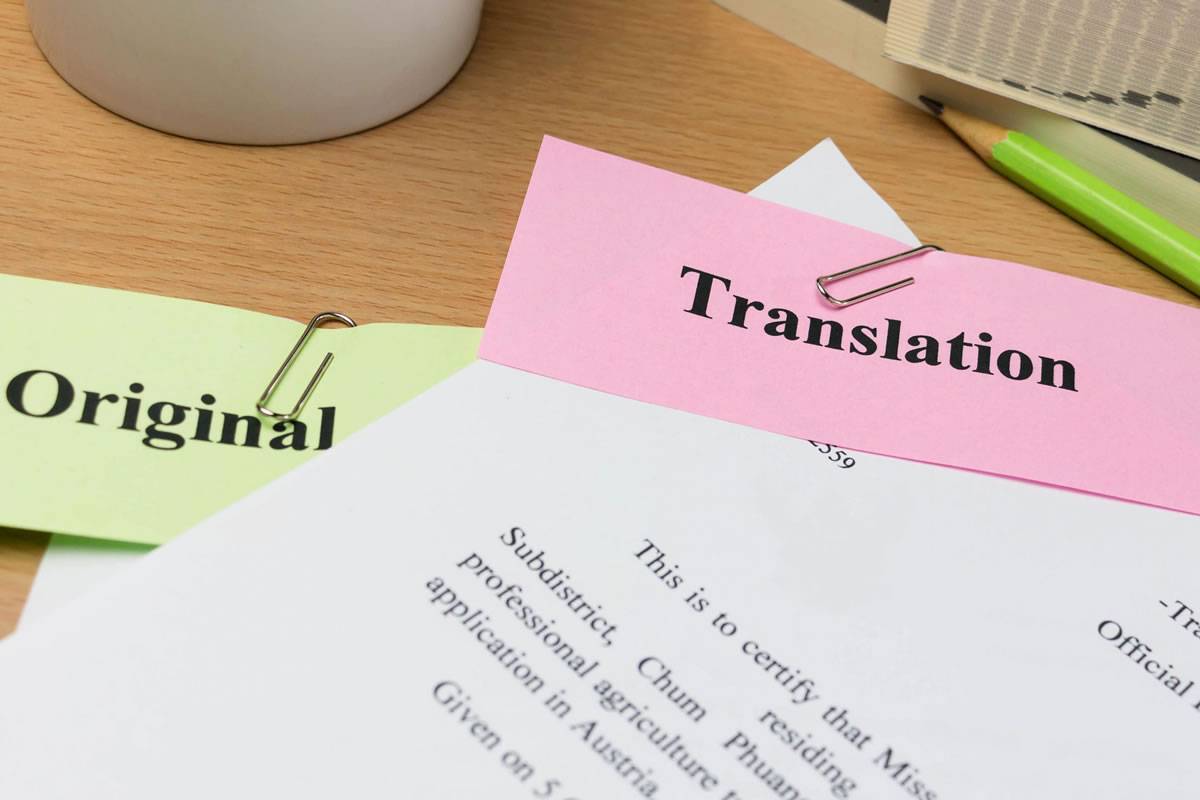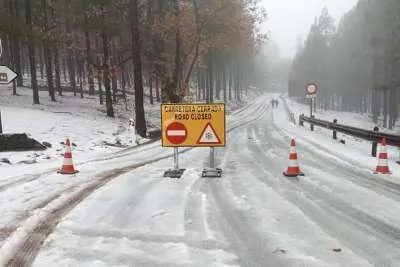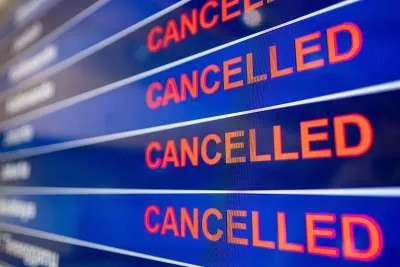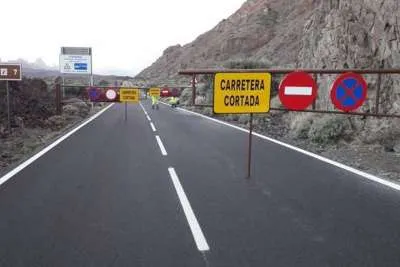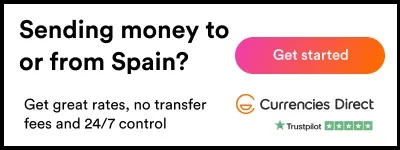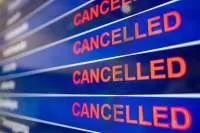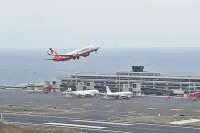How to choose the right translation service for your official documents
- 28-03-2025
- Business
- collaborative post
- Photo Credit: Freepik
Having your official documents translated properly is very important if you want to reach international audiences or do business with or have diplomatic relations with other countries. But it is not easy to find and choose a qualified translation service.
To help you sort out the necessary factors to consider when selecting a translation provider for your important paperwork, contracts, certificates, legal documents, and the rest of your documents, this comprehensive guide will help you.
No matter if you are to have error-free birth certificates for immigration visas, have precise financial statements for investors or clear medical records for global research, you need to know about the translation company that would best suit you.
DEFINE YOUR GOALS AND REQUIREMENTS
The first step is outlining your specific translation goals, timeline, content type, and target languages. Ask yourself:
1. What is the purpose of the translation? Do you need it for legal submission, publishing, or internal review?
2. How soon do you need the finished translation? Is it required in a few days, weeks, or months?
3. What type of documents need translating? Lengthy contracts, medical histories, or technical manuals?
4. What languages do they need to be translated into? Common languages like Spanish or niche languages like Norwegian?
Having clear answers to these questions will help you zero in on translation services that align with your needs. A provider specializing in legal translations to German may not be the right fit for translating Chinese user manuals on short notice. Defining these basics upfront is key.
VERIFY TRANSLATOR ACCREDITATIONS AND BACKGROUND
Once you’ve outlined your translation needs, the next critical step is verifying translator credentials, experience, and language proficiency.
Accreditations
High-quality translators often hold accreditations from professional associations recognising their translation expertise. Some of the most globally recognized associations include:
- The American Translators Association (ATA).
- Institute of Translation and Interpreting (ITI).
- International Federation of Translators (FIT).
Ask potential vendors if their translators hold accreditations from these or similar reputable organisations. This helps verify their translation qualifications.
Background and Experience
In addition to accreditations, examine the background and experience of the translators who would be handling your documents:
- Do they have professional experience accurately translating documents in your required language pair(s)?
- Have they previously translated content similar to yours – legal, medical, technical, or otherwise?
- What is their area of speciality and knowledge?
Ideally, your translator should have in-depth knowledge of your document's subject matter to provide contextually and culturally accurate translations. An accountant may not be best suited to translate complex medical terminology. Look for translators with backgrounds suited to your content.
Language Proficiency
Of course, native-level language proficiency in both the source and target languages is a must for quality translation. Be sure to ask:
- Are your translators native speakers of the target language?
- How is their language proficiency measured and verified?
- Do they live or have an education in countries of the target language?
Native speakers with in-country language exposure often provide the most accurate and natural-sounding translations. A French translator living in France is better suited for official French translations than a non-native speaker without much hands-on experience.
Quality Assurance and Revision Policies
Mistakes happen, even among seasoned translators. That’s why it’s critical to ask potential vendors about their quality assurance processes and policies regarding revisions. Look for providers that offer:
1. Multi-step quality checks. At a minimum, translations should be edited by a separate linguist before delivery.
2. Revision flexibility. Responsible vendors will address translation errors pointed out after delivery.
3. Query processes. Translators should flag uncertain sections for clarification rather than guessing meanings.
Ideally, you want robust quality assurance with multiple review rounds. There should also be policies allowing reasonable post-delivery edits if errors are found.
PRIVACY, SECURITY, AND CONFIDENTIALITY
Since official documents often contain sensitive information, maintaining privacy and data security should also factor into your vendor decision. Be clear on providers' security protocols, like:
- Secure cloud storage of documents.
- Encrypted data transfer methods.
- Translator confidentiality agreements.
- Deletion protocols protect your data.
Choose vendors that guarantee your documents remain private and secure throughout the translation process through stringent security policies. An extra layer of encryption for highly confidential content can provide added peace of mind.
TOOLS AND TECHNOLOGIES
The right translation tools and technologies can significantly increase translator productivity, efficiency, and consistency. When evaluating vendors, ask questions like:
- Do you utilise translation memory databases to maintain terminology consistency?
- What types of quality assurance check tools are integrated into your workflow?
- How are project timelines, task management, and team collaboration facilitated?
The ideal vendors will have robust software solutions integrated at every step, from project assignments to quality checks. Technology assistance produces higher-quality translations in less time, so take note of what tools a provider has in place.
COMMUNICATION AND RESPONSIVENESS
Throughout the translation process, you may need to request revisions, ask questions, or provide additional reference material not initially included. Look for vendors that provide:
- Multiple communication channels like email, phone, web-conferencing.
- Quick response times for queries (within 1 business day is ideal).
- Transparent project timelines with progress updates.
The right translation provider should be responsive and communicative to meet document submission deadlines and move the project smoothly through production.
CULTURAL UNDERSTANDING
Even technically accurate translations can miss the mark without cultural nuance and adaptation tailored to the target audience. When interviewing translators, assess their:
- Depth of knowledge regarding the target language culture.
- Experience adapting content to resonate with local audiences.
- Use of culturally relevant examples and idioms.
Native translators immersed in target language cultures can deftly adapt your documents for local markets. Understanding subtle cultural differences prevents misinterpretation or offense.
REFERENCES AND TESTIMONIALS
Satisfied past clients can provide the most reliable testament to a translation company’s capabilities. Be sure to:
- Request client references, you can contact them regarding their experience
- Check online reviews from independent platforms like Google or Facebook
- Verify testimonials on the company website that reference legitimate organisations
Authentic reviews from global brands carry more weight than generic praise. Reach out to past clients, especially those in your industry, to hear their first-hand feedback. If vendors hesitate to provide references, it may signal unsatisfactory work.
PRICING AND SCHEDULES
While quality should be the top priority, turnaround time and rates are also important considerations when managing budgets and deadlines. When comparing vendor pricing:
1. You will get clear rates per word or hourly for your language pair(s).
2. See if there are extra fees, such as rush delivery or formatting charges.
3. Get requests for different turnaround time quotes and get a price quote for a different turnaround time.
4. Bear in mind that rates are much lower than industry averages.
Remember that top talent commands higher pricing, so extremely low rates could indicate subpar translators. Find the best balance between quality and cost for your needs.
Also, compare schedule estimates to your submission deadlines. While human translation takes time, the right technology speeds things up. Make sure projected timelines align with when you need the finished documents.
Ask for clear pricing breakdowns and production schedules from the start so there are no surprise costs or delays later on.
Conclusion
To find translation excellence for important documents, the evaluation criteria above must be used to research vendors carefully. By prioritising translator excellence, process QA, security, project management and cultural translation, you can ensure you are receiving precision translations that accurately convey every nuance to international audiences.
Using these tips to pick a top-notch translation company will allow you to take your most technical, confidential, or culturally specific documents abroad with confidence. Access to international business, law, tech, and more is available through accurate communication in multiple languages, but only when you can count on the translations you use. With these tips, you’ll be able to find a partner to offer that critical service at the highest global standard.
Other articles that may interest you...
Trending
Most Read Articles
Featured Videos
A Vision of Elvis Tenerife Promo
- 10-05-2025
TEAs 2025 Highlights
- 17-11-2025


